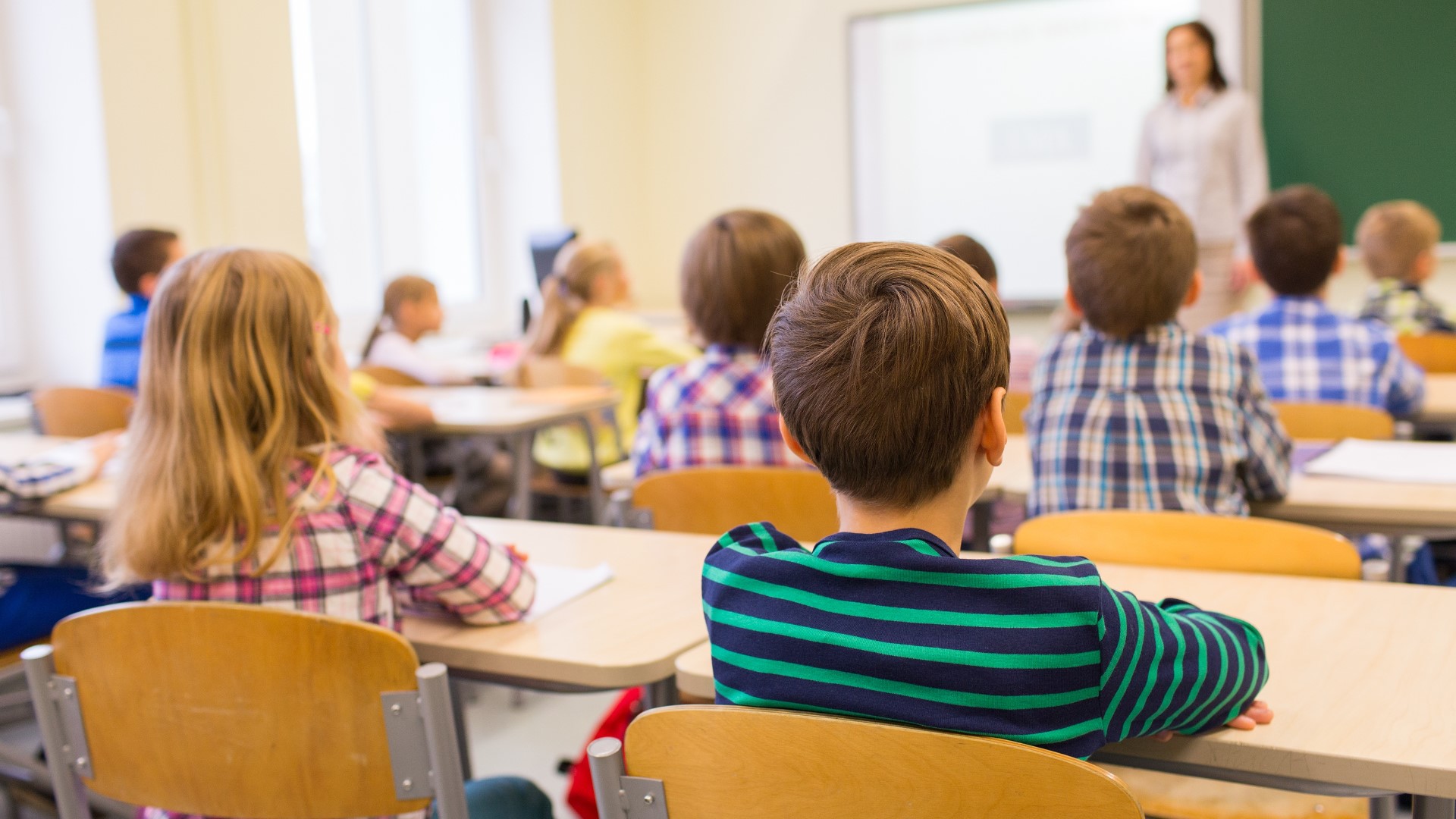COLUMBUS, Ohio — One of the biggest aspects the COVID-19 shutdown impacted was education. Students of all ages are still struggling to catch up, but teachers, tutors and school administrators everywhere are getting creative to make up for the lost time.
“They’re expecting at least 3 to 5 years to get everyone caught back up as a whole, and I see that! Because some of these students missed very formative years” said Mary Ellen Ozanich, the center director at Sylvan Learning of Columbus.
Ozanich manages a packed schedule at both Sylvan Learning Centers in central Ohio and has been doing so since March 2020. The center has seen a huge increase in parents reaching out for help, especially as students continue catching up from lost learning time.
“The learning gap is a real thing. The National Report Card came out last fall and showed the largest decline in math and reading scores in the last 30 years” said Ozanich.
That decline matches what curriculum directors at Columbus City Schools are seeing. Many student test scores hit an all-time low coming out of lockdown, and now teachers are tasked with bringing them back up.
“Columbus City Schools has seen the impact of that, and again it was significant. So we saw this big dip in our scores, but I’m pleased to say last year we saw an uptick” said Russell Brown, the chief performance officer for Columbus City Schools.
Educators also feel the challenge surrounding students who "disappeared" during the pandemic. Measuring if students were ready for the real world was more difficult. In fact, the Ohio Department of Education stopped tracking graduating high schoolers on being "prepared for success" in the 2021-2022 school year.
“People moved a lot during the pandemic and didn’t necessarily notify their school that they did. I think too we saw, among our older students in particular, that they started to work” said Shari Obrenski, vice president of the Ohio Federation of Teachers.
In Columbus, teachers at Trevitt Elementary have seen students in second and third grade struggle when it comes to sounding out words. Many of them learned to read on zoom, or in the classroom with masks on.
"So some of the things that we have noticed that were challenges were in reading, in Phonics, the masks were covering their faces. And now we put in some special features” said Dr. Keisha Fletcher-Bates, who is the principal at Trevitt Elementary.
Students use mirrors to see themselves pronouncing words in class, and match the way their teacher does it.
While educators overwhelmingly agree having students in the classroom is best, remote learning forced districts to take advantage of technology and funding for it.
“We’ve come much further along with technology and students having access to technology that we’ve never had before” Obrenski.
Finishing out this school year, Ohio districts are preparing for the state Department of Education to release overall grade ratings for schools again in the fall.

